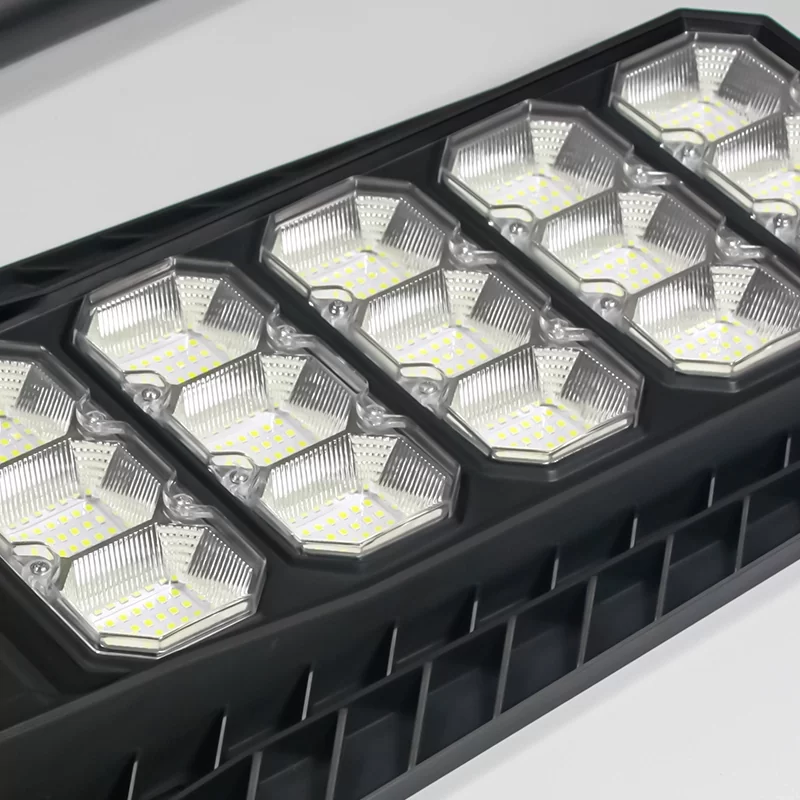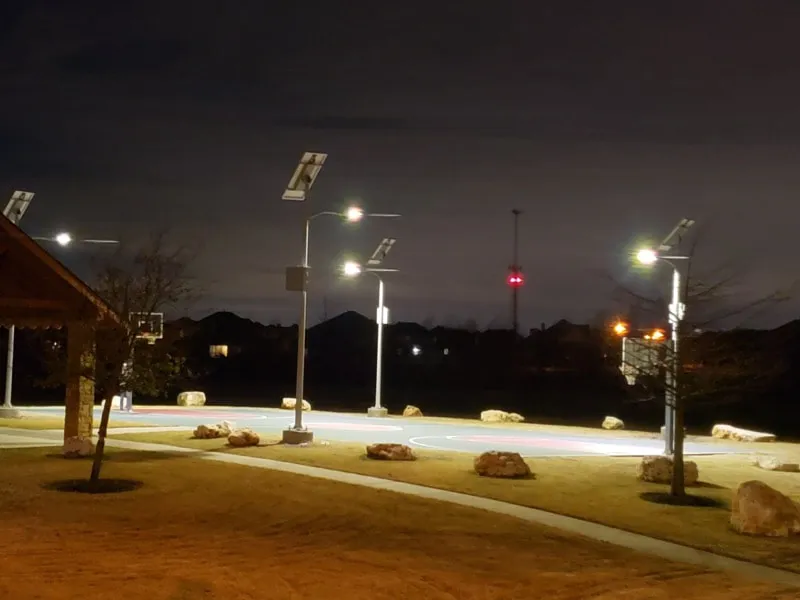Street lights are a crucial part of urban infrastructure, ensuring safety and visibility at night. However, many are unaware of the sophisticated systems that control these lights. Understanding how these systems work can help businesses make informed decisions about their lighting needs, especially in an era where efficiency and smart technology are key.
Street lights are controlled using a combination of sensors, timers, and smart technology. These systems can automatically turn lights on or off based on ambient light levels, time schedules, or motion detection. Advanced controllers use data networks to manage and monitor streetlights remotely, enhancing efficiency and reducing energy consumption.
With increasing urbanization, the need for efficient and smart street lighting systems has never been more critical.
How do they control street lights?
Modern street light control systems use data networks, high-frequency signals, or wireless technology to manage lighting based on real-time conditions. These systems replace traditional mechanical timers, allowing for more precise control. For example, a central control system can adjust the brightness of street lights based on traffic flow or weather conditions, ensuring optimal lighting at all times while saving energy.
How do street lights know to change?
While street lights do not change like traffic lights, they do adjust their operation based on environmental factors. Traffic lights, for instance, often use induction loops embedded in the road to detect vehicles. Similarly, some street lights are equipped with sensors that detect changes in light levels or motion. These sensors trigger the lights to turn on or off, or even dim, depending on the situation. This ensures that streets are lit when necessary, without wasting energy.
What is used to control street lighting?
Street lighting is typically managed through autonomous systems that rely on an astronomical calendar, light sensors, or motion detectors. These systems are pre-programmed to turn lights on at dusk and off at dawn. Additionally, smart lighting solutions allow for manual overrides and scheduling exceptions. For instance, lights in a particular area can be dimmed during off-peak hours or brightened during a special event, providing flexibility and control.
Why are street lights important?
Street lights play a vital role in public safety by reducing accidents and deterring crime. Well-lit streets make pedestrians and drivers feel safer, which is especially important in urban areas. Understanding the control systems behind street lights can help city planners and businesses choose the right lighting solutions for their specific needs, whether it’s for a busy downtown area or a quiet residential neighborhood.
How do street lights turn on at night?
Most street lights use photocells or light-sensitive sensors to detect when it’s getting dark. These sensors automatically turn the lights on at dusk and off at dawn. This automation ensures that the lights are only on when needed, conserving energy. In some advanced systems, these sensors are integrated with smart controllers that can adjust lighting levels based on current weather conditions or traffic patterns.
Types of street lights and their controls
There are various types of street lights, including LED, solar, and traditional incandescent lights, each with its own control system. LED lights, for instance, are often paired with smart controllers that allow for dimming, scheduling, and remote management. Solar street lights have controllers that manage the charging of batteries and the operation of lights based on available sunlight. Each type of street light offers different advantages, and the choice of control system can greatly impact energy efficiency and operational costs.
Summary
Understanding the various systems that control street lights can help businesses optimize their lighting solutions, ensuring both efficiency and safety. If you’re considering upgrading your street lighting system or exploring smart lighting options, feel free to reach out to our team at Besenled for expert advice and customized solutions.
How Are Street Lights Controlled? Understanding Modern Street Lighting Systems
Street lights are a crucial part of urban infrastructure, ensuring safety and visibility at night. However, many are unaware of the sophisticated systems that control these lights. Understanding how these systems work can help businesses make informed decisions about their lighting needs, especially in an era where efficiency and smart technology are key.
Street lights are controlled using a combination of sensors, timers, and smart technology. These systems can automatically turn lights on or off based on ambient light levels, time schedules, or motion detection. Advanced controllers use data networks to manage and monitor streetlights remotely, enhancing efficiency and reducing energy consumption.
With increasing urbanization, the need for efficient and smart street lighting systems has never been more critical.
How do they control street lights?
Modern street light control systems use data networks, high-frequency signals, or wireless technology to manage lighting based on real-time conditions. These systems replace traditional mechanical timers, allowing for more precise control. For example, a central control system can adjust the brightness of street lights based on traffic flow or weather conditions, ensuring optimal lighting at all times while saving energy.
How do street lights know to change?
While street lights do not change like traffic lights, they do adjust their operation based on environmental factors. Traffic lights, for instance, often use induction loops embedded in the road to detect vehicles. Similarly, some street lights are equipped with sensors that detect changes in light levels or motion. These sensors trigger the lights to turn on or off, or even dim, depending on the situation. This ensures that streets are lit when necessary, without wasting energy.
What is used to control street lighting?
Street lighting is typically managed through autonomous systems that rely on an astronomical calendar, light sensors, or motion detectors. These systems are pre-programmed to turn lights on at dusk and off at dawn. Additionally, smart lighting solutions allow for manual overrides and scheduling exceptions. For instance, lights in a particular area can be dimmed during off-peak hours or brightened during a special event, providing flexibility and control.
Why are street lights important?
Street lights play a vital role in public safety by reducing accidents and deterring crime. Well-lit streets make pedestrians and drivers feel safer, which is especially important in urban areas. Understanding the control systems behind street lights can help city planners and businesses choose the right lighting solutions for their specific needs, whether it’s for a busy downtown area or a quiet residential neighborhood.
How do street lights turn on at night?
Most street lights use photocells or light-sensitive sensors to detect when it’s getting dark. These sensors automatically turn the lights on at dusk and off at dawn. This automation ensures that the lights are only on when needed, conserving energy. In some advanced systems, these sensors are integrated with smart controllers that can adjust lighting levels based on current weather conditions or traffic patterns.
Types of street lights and their controls
There are various types of street lights, including LED, solar, and traditional incandescent lights, each with its own control system. LED lights, for instance, are often paired with smart controllers that allow for dimming, scheduling, and remote management. Solar street lights have controllers that manage the charging of batteries and the operation of lights based on available sunlight. Each type of street light offers different advantages, and the choice of control system can greatly impact energy efficiency and operational costs.
Summary
Understanding the various systems that control street lights can help businesses optimize their lighting solutions, ensuring both efficiency and safety. If you’re considering upgrading your street lighting system or exploring smart lighting options, feel free to reach out to our team at Besenled for expert advice and customized solutions.





